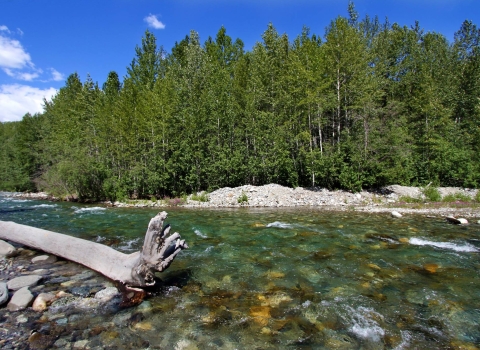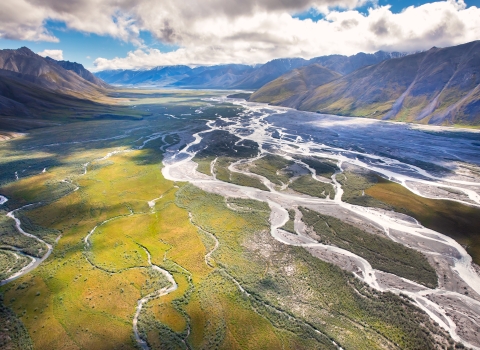Projects and Research
Temperature is one of the most important environmental factors controlling the distribution and behavior of fishes. Fish often inhabit a specific thermal niche where they optimize physiological performance. Although water temperature requirements and preferences vary according to individual species and life stage, of interest and relevance to us is continual engagement in field...
Preserving water quality is one purpose of every National Wildlife Refuge in Alaska. Land cover and use can affect the water quality of rivers, lakes and other surface waters. Potential sources of point- and non point-source pollution, such as communities and resource development projects, can threaten refuges' waters. Baseline water quality data provide a benchmark for identifying and...
As part of the National Wetlands Inventory, we are mapping and digitizing high priority wetlands in Alaska’s 16 National Wildlife Refuges.
The U.S. Fish and Wildlife Service is the principal federal agency tasked with providing public information on the status and trends of our Nation's wetlands. Our National Wetlands Inventory provides detailed information...
Invasive Species Program staff collaborate with Alaska's National Wildlife Refuge, the State of Alaska and other partners to protect Alaska's lands and waters by working to detect invasive species infestations while they’re still relatively small and have the highest chance of being successfully eradicated. We survey terrestrial, freshwater, and marine environments for invasive plants and...



